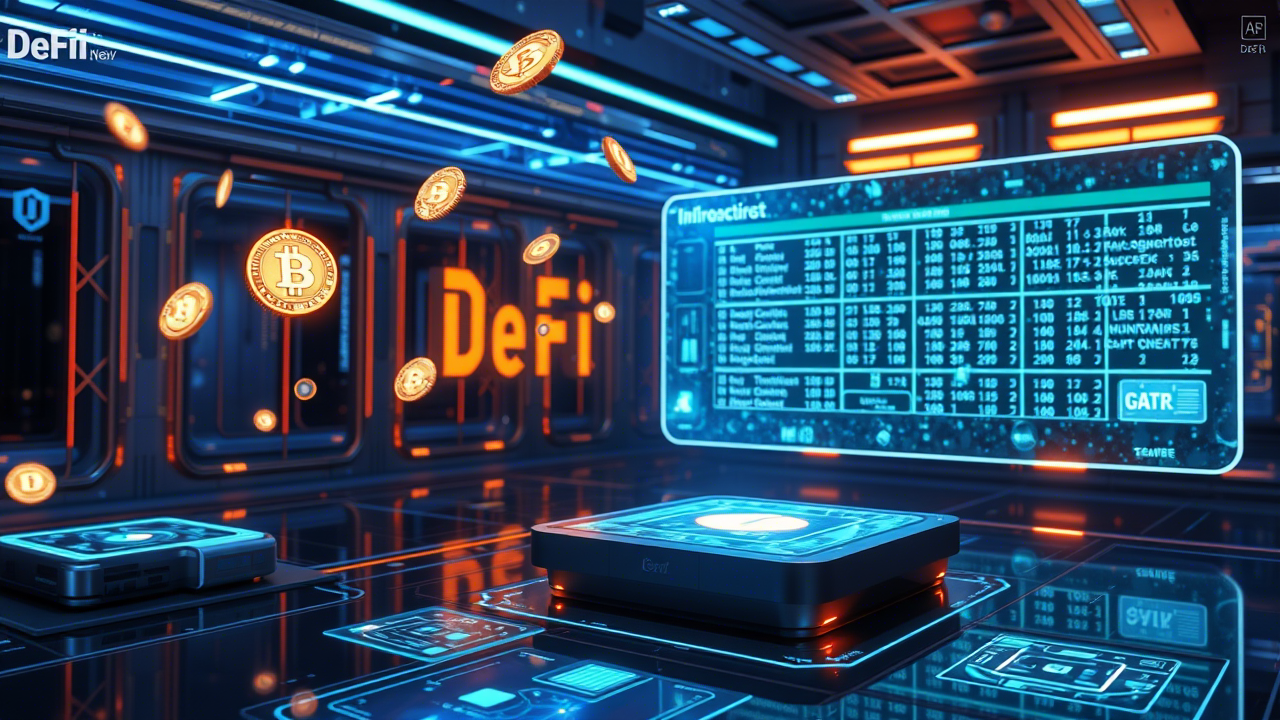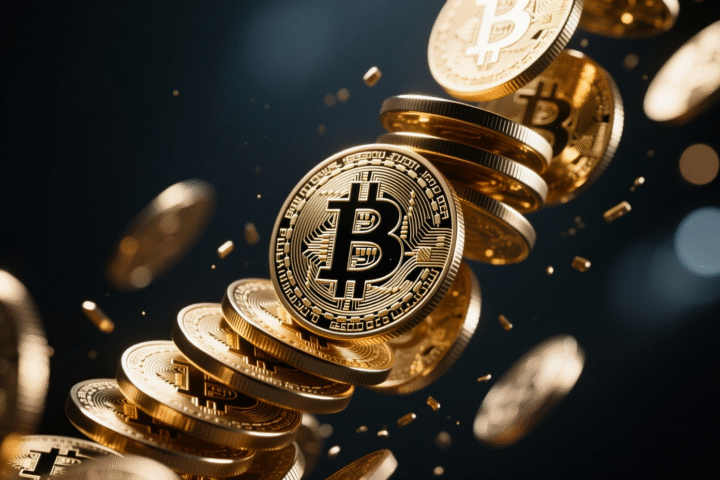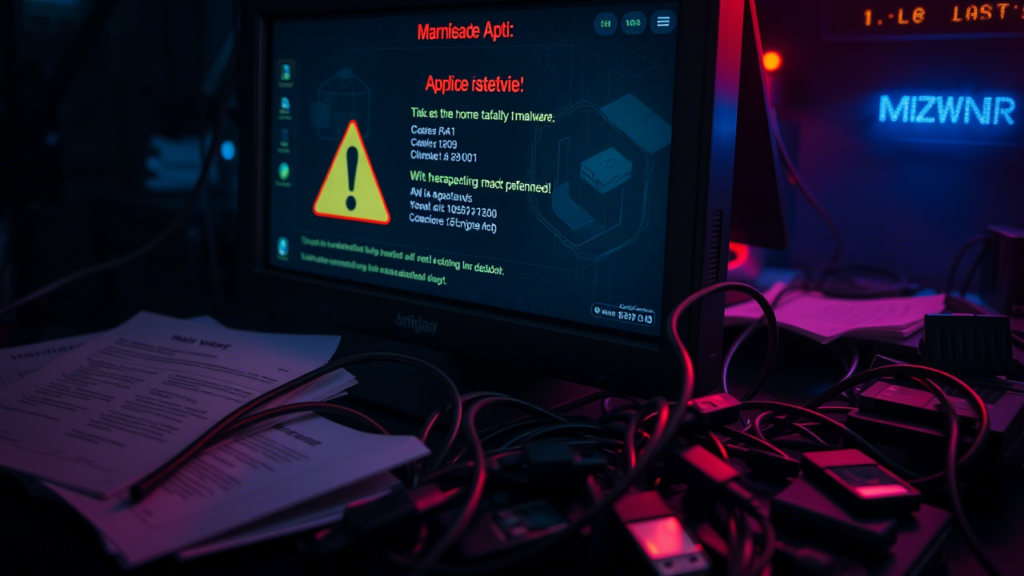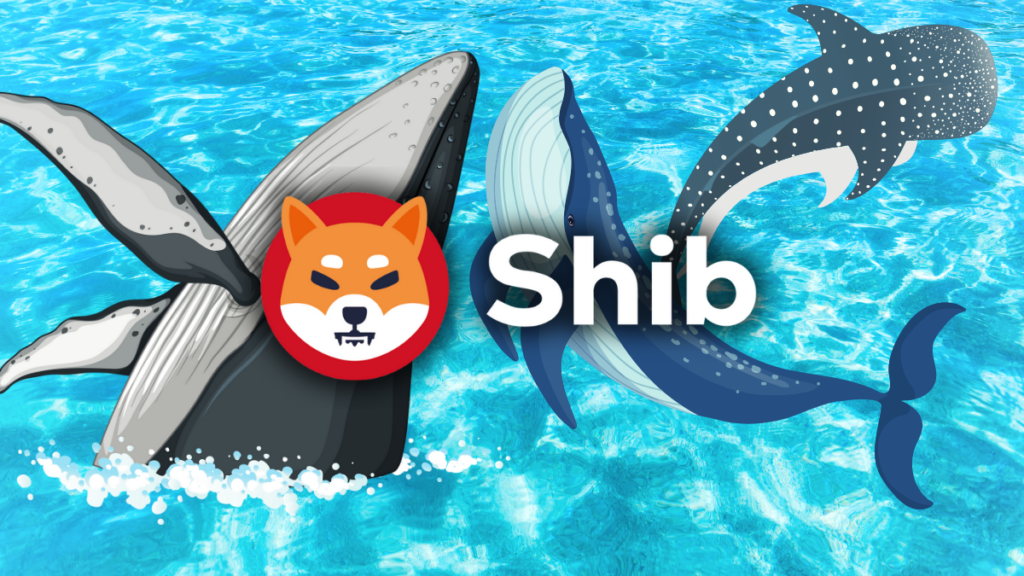So, you’ve heard the buzz about DeFi and you’re wondering if it’s just another crypto craze—or something bigger. Spoiler alert: it’s way more than a passing trend. Investing in DeFi is like discovering a secret financial playground where the rules are written by code, not banks.
At its core, Decentralized Finance (DeFi) is a fancy way of saying “finance without the middlemen.” No banks, no brokers—just you, your wallet, and a bunch of smart contracts doing the heavy lifting.
In just a few years, DeFi has exploded from a niche experiment to a multi-billion-dollar ecosystem. Whether you’re into earning passive income, swapping tokens, or just curious about where finance is headed, DeFi is carving out a bold new path for investors who like to be ahead of the curve.
What Is DeFi?
Think of traditional finance like a giant old bank with velvet ropes, long forms, and someone in a suit saying, “We’ll get back to you in 5–7 business days.” Now imagine a digital alternative that’s open 24/7, doesn’t care about your zip code, and runs on code instead of paperwork. That’s DeFi in a nutshell.
At its heart, investing in DeFi means plugging into a financial system that’s decentralized—no single company or government is in charge. Instead, everything runs on public blockchains, with rules enforced by code called smart contracts (basically self-executing programs that don’t flake or make errors).
Transparency? It’s built in. You can see exactly how a platform works, track transactions in real time, and verify where your crypto is going—no mysterious fees or surprise policies.
Most DeFi magic happens on blockchains like Ethereum, which is kind of like the OG of DeFi. But it’s not alone. Solana is all about speed and low fees, while Avalanche brings some serious flexibility to the party. Each platform has its quirks, but they all offer a gateway to that open, permissionless world of DeFi.
So, whether you’re looking to earn, trade, or just explore, investing in DeFi gives you the keys to a financial system that’s fast, transparent, and (dare we say it) kind of fun.
Why Investors Are Paying Attention
Let’s be honest—investing in DeFi sounds cool, but what’s actually in it for you? For starters: passive income, global access, and full control over your money. Not too shabby.
DeFi makes your crypto work for you. Through staking (locking up your tokens to support a network) or lending (letting others borrow your assets in exchange for interest), you can earn rewards just by parking your coins. It’s kind of like putting your money in a high-yield savings account—except the rates are often way better and you don’t have to wear a suit to a bank appointment.
Then there’s the global part. DeFi doesn’t care if you’re in Tokyo or Tulsa. As long as you have internet and a crypto wallet, you’re in. No credit scores, no paperwork, no borders.
And the cherry on top? Total control. When you’re investing in DeFi, you hold the keys—literally. There’s no bank that can freeze your account, no middleman taking a mysterious cut. It’s just you and your assets, moving freely through a financial system built for flexibility and freedom.
Related: 10 EU Banks Aim to Launch Euro-Pegged Stablecoin by Late 2026
Types of DeFi Investments
Alright, time to open the DeFi toolbox. There are a bunch of different ways to get involved, and each one has its own flavor. Whether you like to play it safe or go full degen (that’s crypto slang for bold risk-taker), investing in DeFi has something for you.
Liquidity Pools
Imagine you’re filling a vending machine with tokens so others can use it. That’s basically what a liquidity pool is—you deposit two types of tokens into a pool, and in return, you earn fees when people make trades using your “machine.” It’s a great way to earn passive income, but watch out for something called “impermanent loss” (we’ll explain that one in a sec if you want).
Staking & Yield Farming
Staking is like putting your crypto in a digital lockbox to help secure a blockchain, and it pays you interest for doing so. Yield farming takes things up a notch—you move your assets around different platforms to chase the highest returns. It’s a bit like coupon clipping, but for crypto pros.
Decentralized Exchanges (DEXs)
Say goodbye to traditional exchanges with login screens and middlemen. DEXs like Uniswap and SushiSwap let you trade directly from your wallet—fast, anonymous, and no signup required. You’re the boss.
Lending & Borrowing Platforms
Platforms like Aave and Compound let you lend your crypto to others and earn interest—or borrow assets by locking up some of your own. No bankers. No begging for approval. It’s financial empowerment with a sci-fi twist.
Governance Tokens & DAOs
Ever wish you had voting power at your bank? In DeFi, governance tokens give you a say in how platforms evolve. Many projects are run by Decentralized Autonomous Organizations (DAOs), where users vote on upgrades, fees, and rules. It’s like being a shareholder—but in sweatpants.
So whether you’re pooling, staking, swapping, or voting, investing in DeFi is full of ways to get creative with your crypto. Just remember: always do your research, and don’t invest more than you’re willing to experiment with.
Risks and What to Watch Out For
Okay, let’s not sugarcoat it—investing in DeFi isn’t all sunshine and APYs. It’s a wild, exciting space, but like any frontier, it comes with its share of tumbleweeds and trapdoors. Here’s what to keep an eye on:
Smart Contract Bugs
Smart contracts are like vending machines that run on code. But if someone sneaks in and rewires that code? Boom—your tokens could vanish. A bug or exploit in a smart contract can lead to major losses. That’s why it’s smart to stick with well-audited projects and platforms with solid reputations.
Impermanent Loss
Sounds poetic, but it’s actually kind of annoying. If you’re providing liquidity to a pool and token prices move too much, you could end up with less value than if you’d just held onto your tokens. It’s “impermanent” because the loss only locks in if you withdraw at the wrong time—but still, it’s something to understand before diving in.
Rug Pulls and Scams
Yes, the name is exactly what it sounds like. A rug pull is when shady developers hype a project, take everyone’s money, and then disappear—leaving you with a worthless token and a bruised ego. Always DYOR (do your own research) and beware of promises that sound too good to be true.
Related: Australia Sets Tough New Rule: No Social Media Accounts for Under-16s
Regulatory Curveballs
DeFi is still figuring out where it fits in with global regulators. Depending on where you live, laws can shift fast, and new rules might impact how platforms operate. Keep an eye on the news and stay flexible—what’s allowed today might be frowned upon tomorrow.
Market Volatility
Crypto isn’t known for being chill. Prices swing wildly, and those juicy returns can disappear just as fast. Whether you’re yield farming or swapping tokens, always have a game plan—and maybe don’t invest the rent money.
Investing in DeFi can be a thrilling ride, but it pays to know the twists and turns. Go in curious, stay cautious, and keep learning as you go.
How to Get Started Safely
So you’re ready to dip your toes into DeFi? Excellent! But before you go full crypto cowboy, let’s talk about how to get started without losing your shirt. Investing in DeFi is a lot more fun (and way less stressful) when you start smart.
- Set Up a Crypto Wallet – Get yourself a wallet like MetaMask, Rabby, or Trust Wallet. This is your key to the DeFi world—a place to store your tokens and interact with apps. Think of it as your digital backpack for exploring.
- Pick a Platform and Do Your Homework – Choose platforms with strong reputations and security audits. Browse community feedback, read reviews, and don’t fall for hype. A little research now can save you a lot of regret later.
- Start Small – Don’t throw in your life savings on day one. Start with a manageable amount—just enough to explore and learn. Test how staking works or try a small token swap before diving deeper.
- Diversify Your DeFi Life – Spread your investments across different platforms and strategies. Maybe lend on Aave, stake on Lido, and dabble in a DEX like Uniswap. That way, you won’t be overexposed if one project takes a hit.
A little caution goes a long way. When investing in DeFi, start simple, stay curious, and don’t be afraid to ask questions.
Long-Term Outlook for Investing in DeFi
So what’s next for DeFi—just another crypto craze, or something bigger? Spoiler: it’s shaping up to be much more. While investing in DeFi today might feel like you’re still early to the party, the future could be packed with new guests and game-changing ideas.
- Beyond Just Finance – DeFi isn’t just about swapping tokens and earning yield. We’re talking decentralized insurance, on-chain identity verification, and even blockchain-based gaming economies. Imagine your game loot being worth real-world value—or your insurance policy running on code, not bureaucracy. Yep, it’s already happening.
- Institutions Are Paying Attention – Big banks and hedge funds used to side-eye DeFi. Now? They’re joining the table. From tokenized bonds to blockchain experiments, traditional finance is starting to flirt with decentralization. As adoption grows, investing in DeFi might not just be a retail playground—it could be Wall Street’s next frontier.
- A Piece of the Global Financial Puzzle – As regulations evolve and tech matures, DeFi could become a vital part of the global financial system. Think faster payments, borderless transactions, and financial tools for people in places where banks don’t reach. It’s not a perfect system yet—but the potential is massive.
Bottom line? Investing in DeFi today is like buying a backstage pass to a financial revolution that’s still tuning its instruments. The spotlight is just starting to warm up.
Final Thoughts: Investing in DeFi
So, is investing in DeFi worth it? If you’re into the idea of being your own bank, earning passive income from your laptop, and exploring a borderless financial world—then yeah, it’s a pretty exciting ride.
But let’s recap: DeFi comes with a lot of promise and a few plot twists. There’s the potential to earn, to build, and to join a global movement. But there are also risks—smart contract bugs, scams, and markets that move faster than a double espresso.
That’s why education is your best investment. Keep learning, follow the space (yes, even the nerdy forums), and always double-check before clicking that “Connect Wallet” button.
And most importantly? Stay curious. DeFi is evolving every day, and there’s a lot to explore. So go ahead—dip your toes in, experiment safely, and enjoy the adventure of investing in DeFi with a healthy mix of excitement and caution.

